Story Highlight
– Labubu dolls comprise 90% of counterfeit toys seized.
– 259,812 fake toys worth £3.5 million intercepted in 2025.
– Counterfeit toys pose serious health and safety risks.
– Experts urge parents to prioritize safety over cost.
– ‘Fake Toys, Real Harms’ campaign raises awareness on dangers.
Full Story
Labubu dolls have dominated the counterfeit toy market in the UK this year, accounting for 90% of the 259,812 fake toys seized at the border, all valued at over £3.5 million. UK Border Force officials are currently addressing a significant rise in counterfeit toys, having intercepted approximately 236,000 of these dolls alone as criminals look to capitalise on the dolls’ viral popularity.
Parents have been cautioned about the risks associated with counterfeit toys, despite their lower prices. Experts warn that the trend surrounding Labubu dolls could be an indication of a broader issue. The plush toys have gained enormous appeal among children and teenagers alike, with a slew of celebrities, including Kim Kardashian and Rihanna, contributing to their fame.
The Daily Mail reported that criminal gangs are exploiting this popularity through the sale of cheap imitations to finance illicit activities, including human trafficking and terrorism. Smuggling operations often involve sending these counterfeit toys via fast parcel services, air cargo, or shipping containers from countries like China, Hong Kong, and Turkey. Once in the UK, they make their way into illegal distribution chains and are sold in venues like pop-up shops, enriching criminal enterprises.
This week, Kensington and Chelsea Council confiscated 130 counterfeit Labubus during raids in Earl’s Court, part of a broader crackdown involving various councils across the UK, from bustling cities to quieter towns.
According to the Intellectual Property Office (IPO), the bulk of counterfeit toys seized this year, equivalent to 24 tonnes of goods, were Labubu dolls. A recent IPO poll revealed that while 92% of toy buyers, primarily parents and guardians, are aware of the existence of counterfeit toys, a significant portion prioritises cost savings over safety concerns—70% of respondents indicated price was their main consideration, while only 27% thought safety was important.
To combat the rise of counterfeit toys, the IPO is launching the ‘Fake Toys, Real Harms’ campaign in cooperation with toy retailers, local authorities, and social media influencers. This initiative aims to inform consumers, particularly parents, about the potential dangers of counterfeit products, which may contain harmful chemicals or pose choking hazards, particularly for younger children.
Helen Barnham, Deputy Director of Enforcement at the IPO, stated, “With counterfeit toys, what you see is rarely what you get. Behind the packaging can be hidden choking hazards, toxic chemicals and faulty parts that put children in real danger.” She emphasised the importance of awareness, urging parents not to expose their children to these unsafe products.
Phillip Holiday, Regional Director at Border Force, added, “Border Force has seized over 259,000 dangerous counterfeit toys worth £3.5 million this year, preventing them from reaching UK families.” He highlighted the agency’s commitment to disrupting criminal operations and safeguarding children from unsafe toys.
In a separate operation earlier this year, counterfeit toys with an estimated value between £6 million and £10 million were confiscated in London during a significant multi-agency effort led by trading standards officials from Swansea Council, resulting in the discovery of harmful substances within imitations of popular brands like Pokemon, Peppa Pig, and Marvel.
Consumers are encouraged to purchase toys from reputable retailers or direct from official brand websites. Caution is advised when dealing with third-party sellers on online marketplaces, and it is essential to check customer reviews thoroughly. Upon receiving a product, buyers should ensure it features a UKCA or CE safety mark and a contact address within the UK or EU on its packaging. If a counterfeit is identified, consumers should return it immediately, leave a review to warn others, and report the issue to Trading Standards.
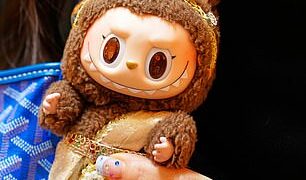












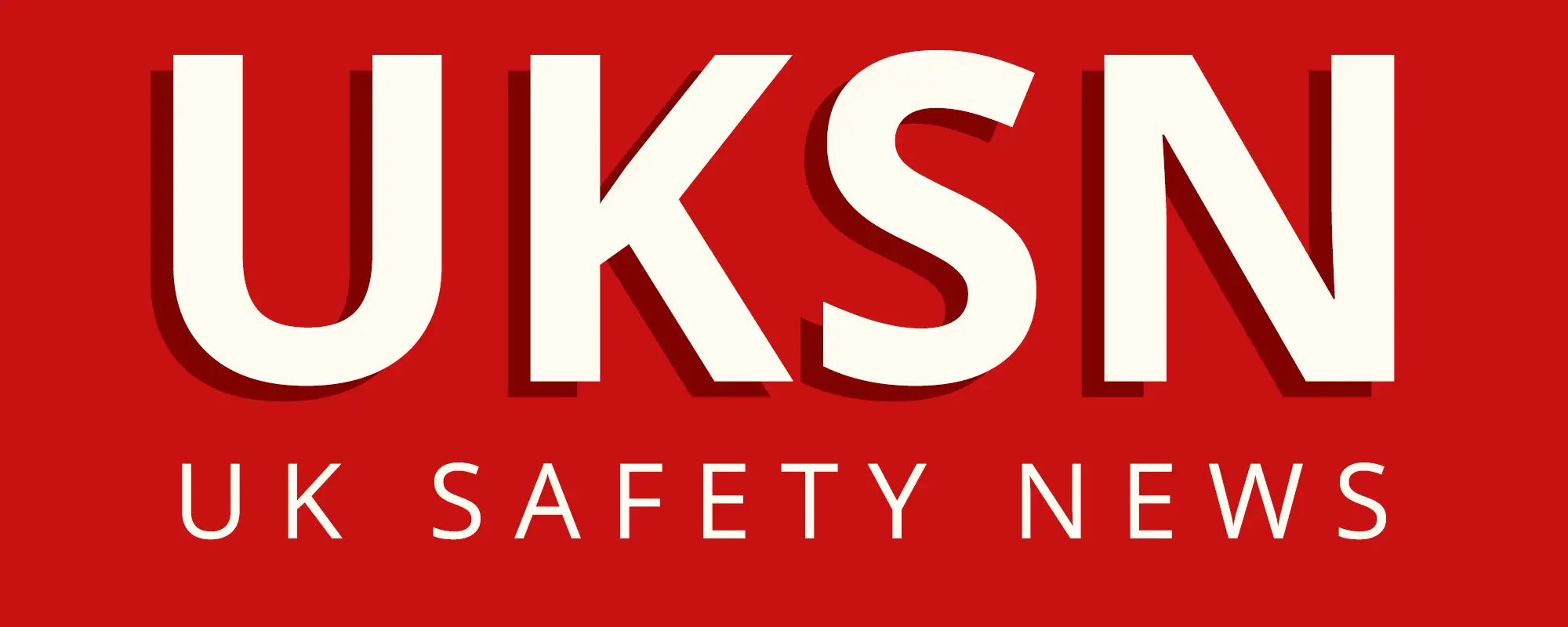
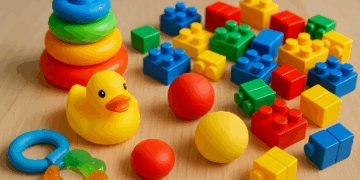
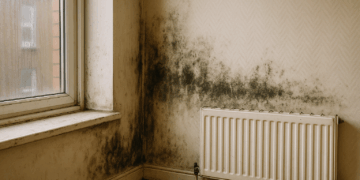
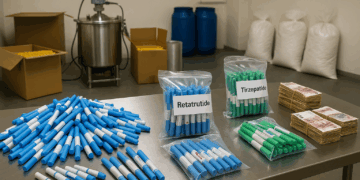
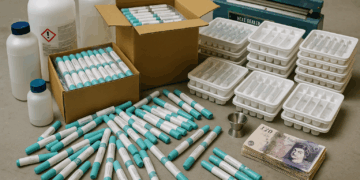
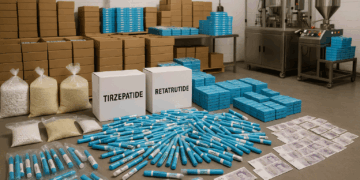
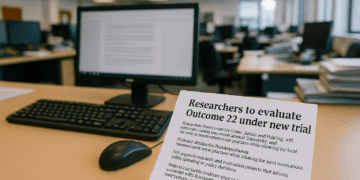
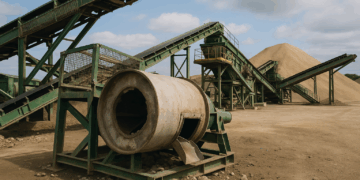
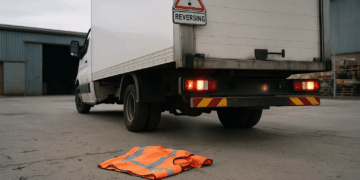
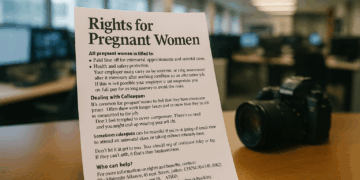


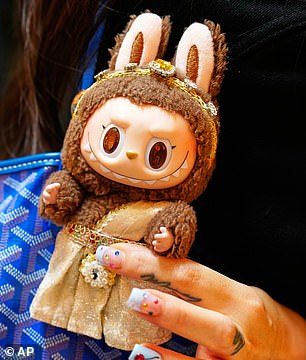
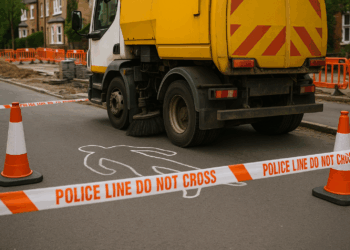
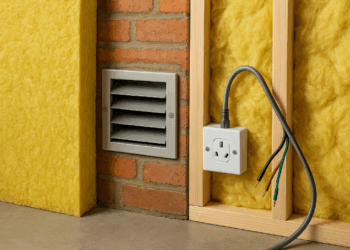





This is a serious reminder that cost should never trump safety. Counterfeit toys can contain unsafe materials and poor construction that put children at real risk. Parents and carers should buy from reputable retailers, check for safety marks and age guidance, and report suspicious or damaged toys. Retailers and enforcement agencies must keep targeting fake supply chains and raising public awareness so dangerous products are kept off the shelves.
This is a timely reminder that cheap can be costly when it comes to children’s products. Counterfeit toys often bypass essential safety checks so they can contain chemical hazards choking risks or small parts that break off easily. Parents and carers should buy from reputable retailers check for safety marks and keep an eye on recalls and warnings. The campaign is welcome but enforcement and clear consumer advice are equally important to reduce these risks.